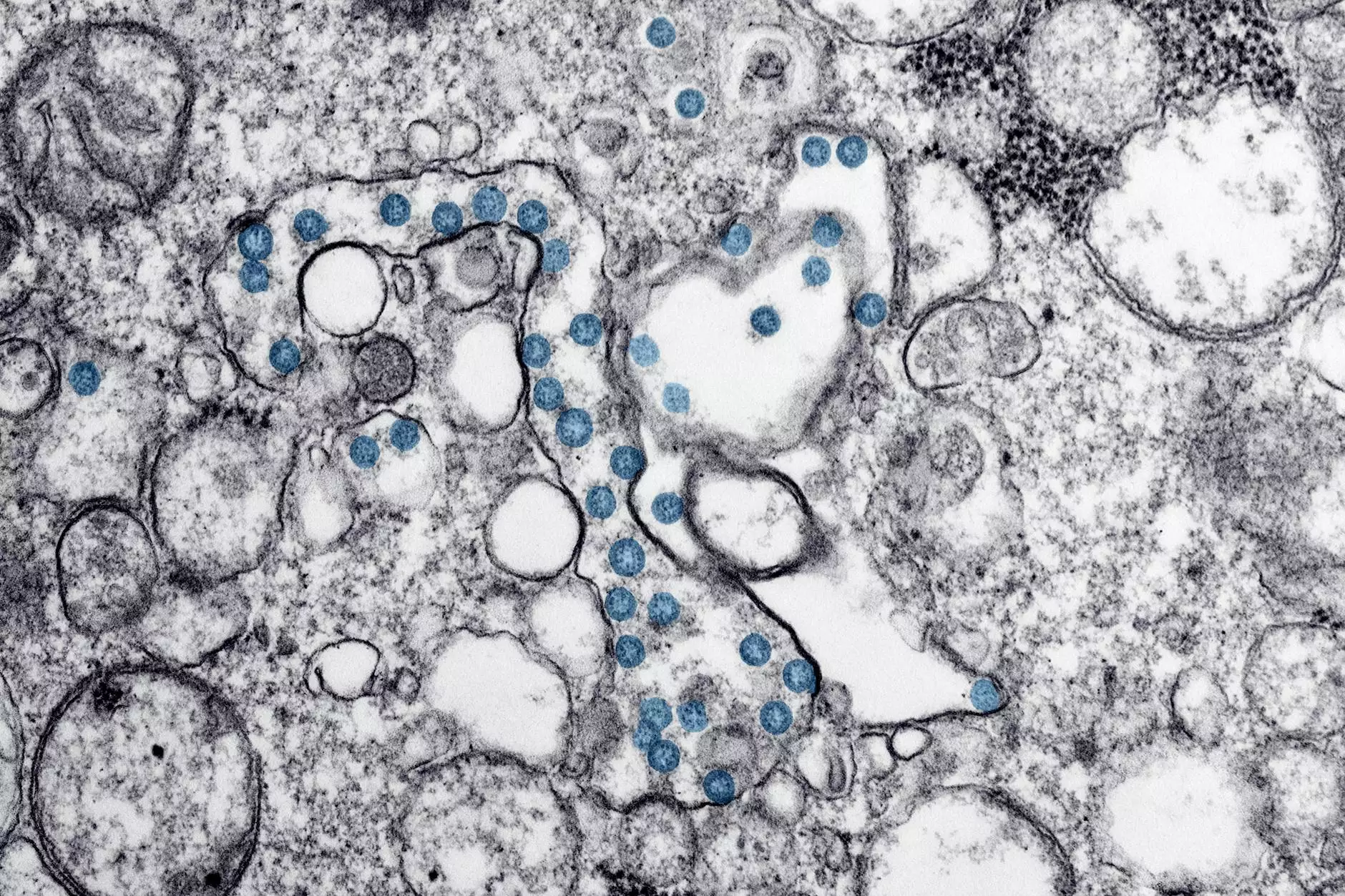Understanding Thrombosis: A Guide by Vein Center of Arizona

Introduction
Welcome to Vein Center of Arizona, a trusted name in the field of vascular medicine. In this informative article, we will dive deeper into the subject of thrombosis, exploring its definition, causes, symptoms, and treatment options.
What is Thrombosis?
Thrombosis refers to the formation of a blood clot within a blood vessel, obstructing the normal flow of blood. This condition can occur in both veins and arteries, with varying degrees of severity. When a clot forms in a deep vein, it is known as deep vein thrombosis (DVT), whereas a clot in an artery is called arterial thrombosis.
Causes of Thrombosis
Thrombosis can be caused by several factors, including:
- Prolonged immobility: Sitting or lying down for extended periods can increase the risk of blood clot formation.
- Injury or trauma: Damage to blood vessels can trigger clotting as a natural healing response.
- Smoking: Tobacco smoke contains harmful chemicals that can damage blood vessels and promote clot formation.
- Certain medical conditions: Conditions such as cancer, obesity, and autoimmune disorders can contribute to thrombosis.
- Genetic factors: Inherited disorders affecting the blood's clotting abilities can predispose individuals to thrombosis.
Symptoms of Thrombosis
Identifying the symptoms of thrombosis is crucial for early detection and proper treatment. Common symptoms include:
- Pain or tenderness in the affected area
- Swelling and warmth around the clot
- Redness or discoloration
- Difficulty breathing and chest pain (in cases of pulmonary embolism)
- Numbness or weakness in the affected limb
Treatment Options
At Vein Center of Arizona, our experienced doctors specialize in providing personalized treatment plans based on the patient's specific condition. Treatment options for thrombosis may include:
- Medication: Anticoagulant medications can help prevent the further growth of existing clots and reduce the risk of new ones forming.
- Compression stockings: Wearing compression stockings improves blood flow and helps prevent clot formation.
- Thrombolysis: This procedure involves dissolving a clot using clot-dissolving medications.
- Vascular surgery: In severe cases, surgical intervention may be necessary to remove or bypass the clot.
Preventing Thrombosis
While it may not be possible to completely eliminate the risk of thrombosis, there are steps you can take to minimize it. Here are some preventive measures:
- Maintain an active lifestyle: Regular exercise and movement can help improve blood circulation.
- Avoid prolonged immobility: If you have a sedentary occupation, make sure to take breaks and stretch periodically.
- Quit smoking: Quitting smoking not only reduces the risk of thrombosis but also provides numerous other health benefits.
- Manage underlying conditions: Properly managing conditions like diabetes, high blood pressure, and cholesterol levels can help lower the risk of complications.
- Stay hydrated: Drinking an adequate amount of water can help prevent blood from thickening.
- Discuss with your doctor: If you have a family history of clotting disorders or have concerns regarding your risk for thrombosis, consult a healthcare professional.
Conclusion
Thrombosis is a serious condition that can have potentially dangerous consequences, but with early detection and appropriate medical intervention, it can be effectively managed. Trust the experienced doctors at Vein Center of Arizona to provide the highest quality vascular medicine solutions tailored to your unique needs.










